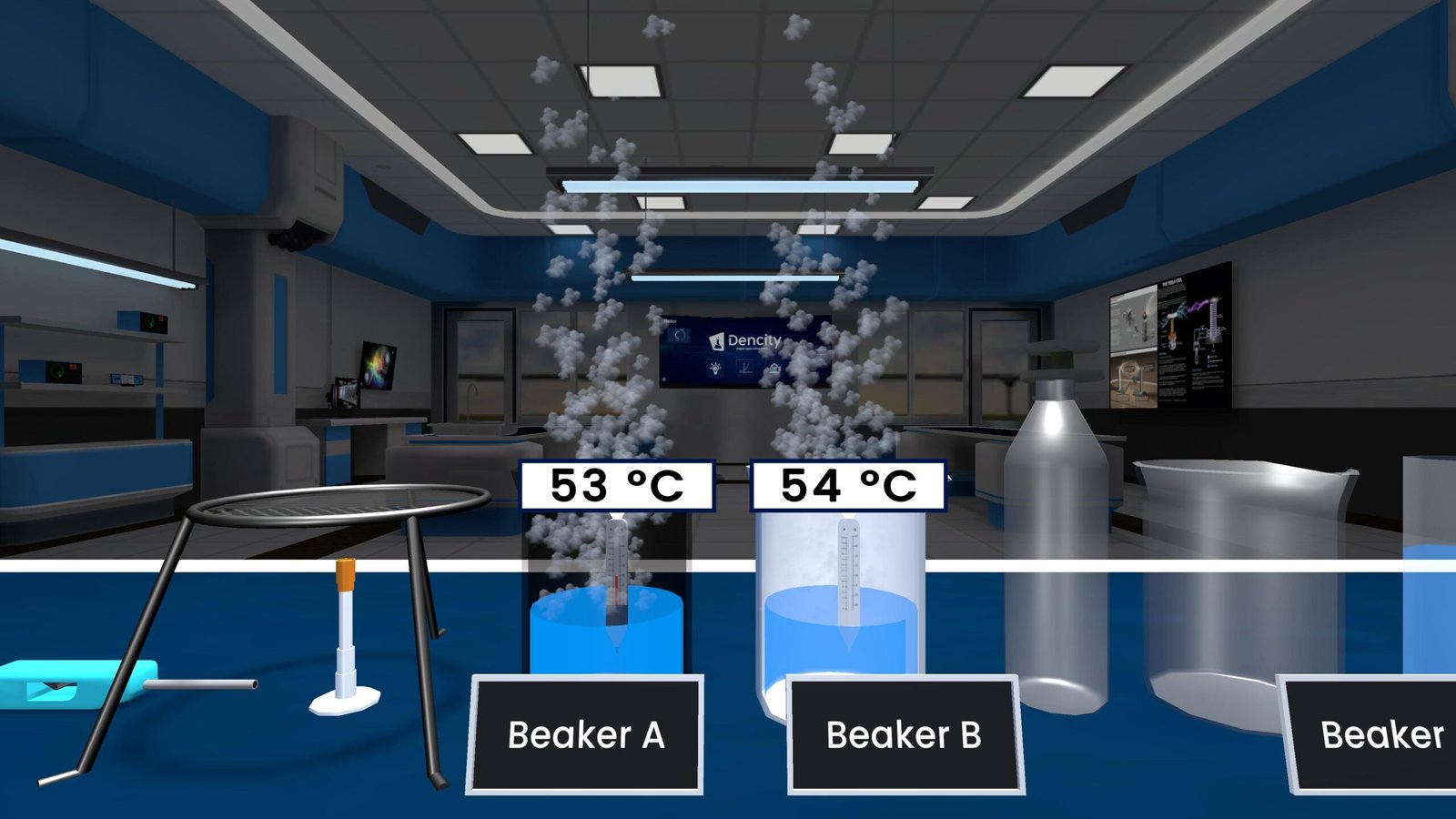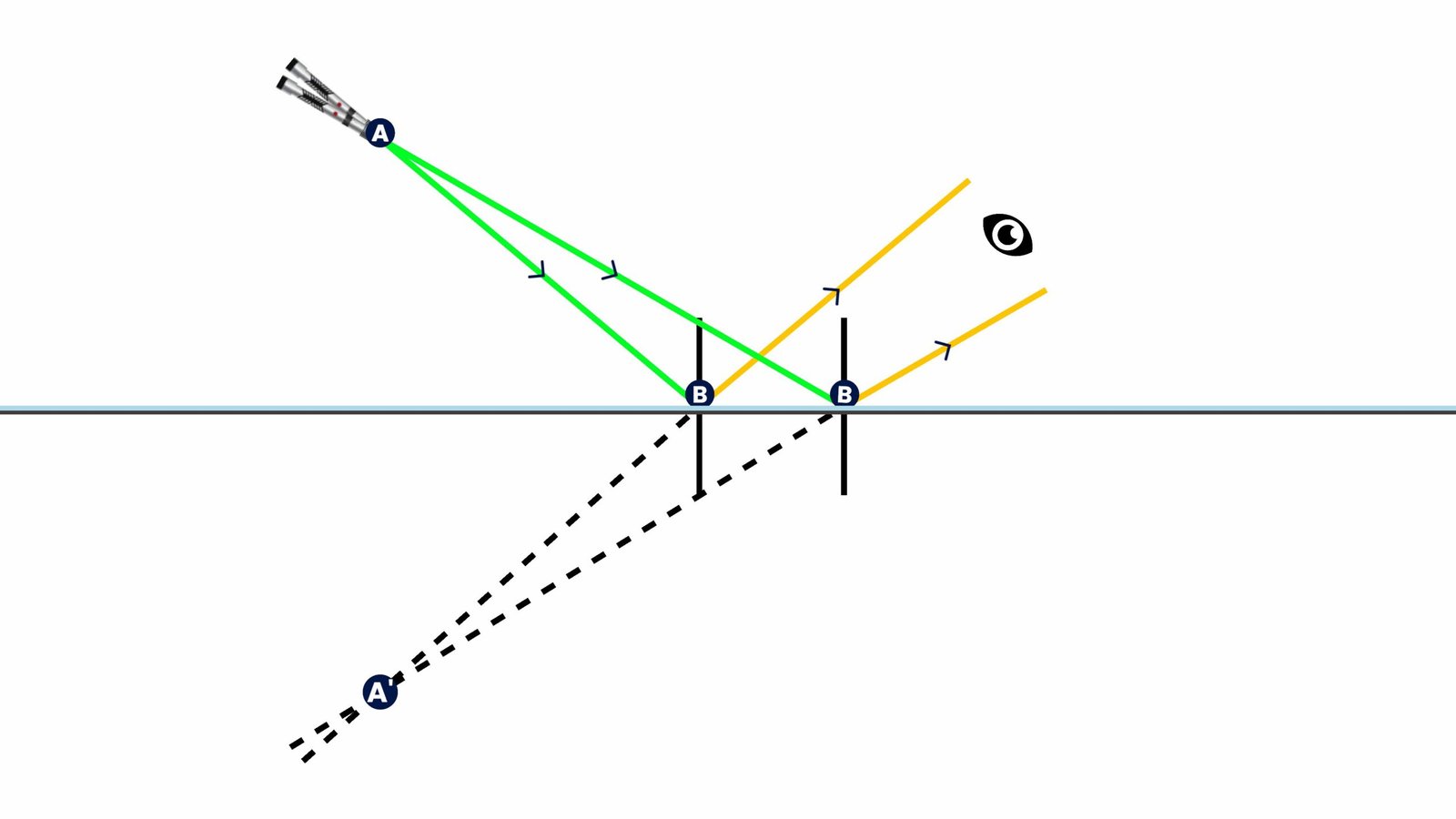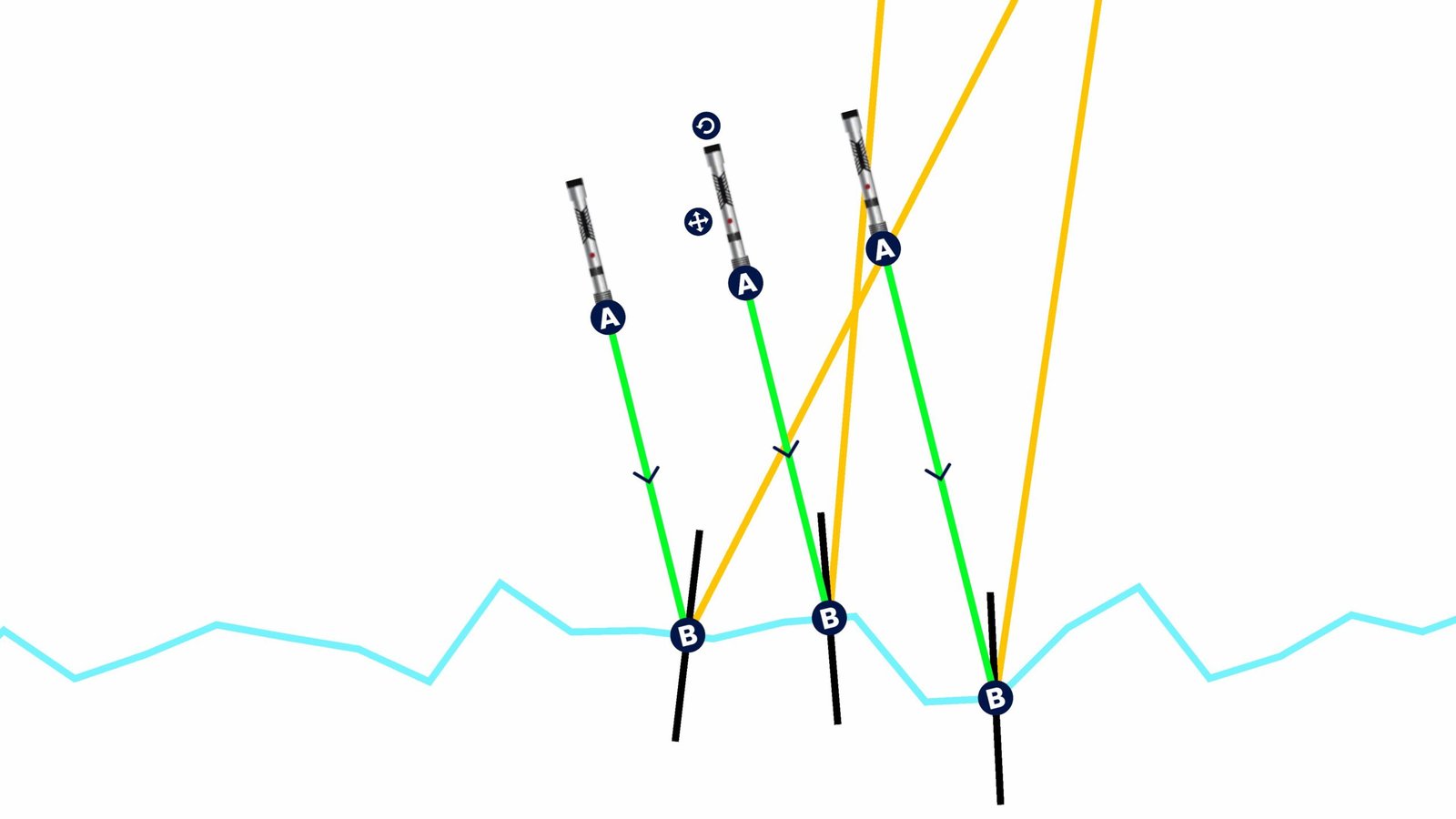Newton’s Third Law of Motion: Understanding Action and Reaction
Newton’s Third Law of Motion states: For every action, there is an equal and opposite reaction. This principle explains how objects interact through forces. When one object applies a force on another, the second object applies an equal force back in the opposite direction.
Think of it like this—push a wall, and it pushes you back with the same force. That’s why you don’t fall through it!
Theory for Class 9 Science
In this experiment, we simulate Newton’s Third Law of Motion using a car attached to a gas cylinder.
- When the gas is expelled from the cylinder in one direction (backwards), it applies a force on the gas (action).
- The gas pushes back on the car with equal force in the opposite direction (reaction), making the car move forward.
- The more gas expelled, the stronger the force—and the more the car moves.
This is the same principle used in rockets and jet engines!
Real-Life Applications
- Rockets launch by pushing gases downward, which lifts them upward.
- Jet engines push air backward, propelling the aircraft forward.
- In space, if a person releases gas from a fire extinguisher, they move in the opposite direction.
- Balloons fly in reverse when you release the air quickly.
Observations from the Experiment
- More gas expelled = More forward movement.
- Less gas expelled = Less movement.
- If the car is heavier, it moves slower under the same thrust.
Key Variables Table
| Variable | Meaning | Effect on Motion |
|---|---|---|
| Thrust Force | Force applied by gas escaping from the cylinder | Higher thrust → greater forward motion of the car |
| Mass of the Car | Combined weight of the car and any attached load | Greater mass → slower acceleration under same thrust |
Simulate Newton’s Third Law of Motion with Dencity
Dencity lets students explore action-reaction pairs in a fun and interactive virtual lab. This Class 9 Science topic is brought to life using physics-based simulations, so you can adjust the gas amount or the car’s mass and see how motion changes.
The experiment is available on the Dencity app across Android, iOS, and desktop platforms—making science easy to access and exciting to learn!
Dencity for Teachers
Empower your teaching with Dencity’s interactive teaching features:
- Run live, interactive Newton’s Law demonstrations.
- Assign virtual experiments as homework with auto-assessment.
- Let students adjust force values and car mass to observe results instantly.
- Explain with annotations using built-in drawing tools.
Optimized for Interactive Touch Panels
Using touch-enabled classroom panels? Dencity runs smoothly with gestures—letting students and teachers conduct physics experiments with just a touch!
Contact Us for Custom Pricing or Demo
Ready to bring virtual science to your school? Contact us today for a personalized demo and to explore custom pricing options.
Frequently Asked Questions
- What is Newton’s Third Law?
It states that every action has an equal and opposite reaction. - How does a rocket fly?
It pushes gas downward (action), and the gas pushes the rocket upward (reaction). - Why does a balloon fly around when released?
Air escapes one way, and the balloon moves the opposite way. - What happens if the car is heavier?
It accelerates less under the same thrust force. - Can I adjust thrust in Dencity?
Yes, you can change gas release and see real-time changes. - Is this aligned with Class 9 Science?
Yes, this is a standard part of the Class 9 syllabus. - Can teachers assign this experiment?
Definitely! Assign and evaluate instantly using the Dencity app. - Does the app explain the physics too?
Yes, with step-by-step feedback and calculations. - Can I use this on mobile devices?
Dencity supports Android, iOS, and desktop for maximum flexibility. - How can I introduce Dencity to my school?
Get in touch with us for a demo and customized pricing.







